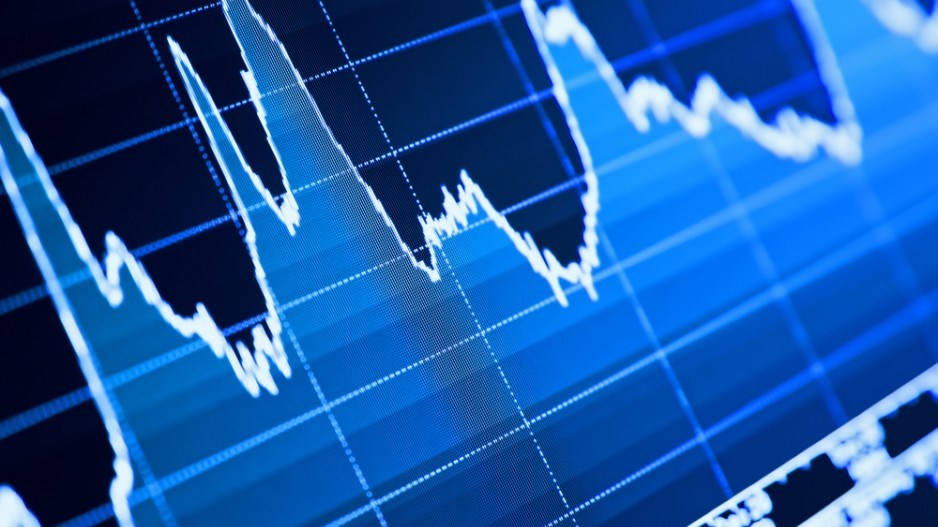Last week the big news was about stocks and sickness – namely the market correction and Ebola. With staff that treated Ebola victim Thomas Eric Duncan in Dallas being asked to avoid public places, and a false alarm in Ottawa, people are afraid to travel. As a result, Air Canada shares fell 4.3% on Oct. 14, before bouncing back.
But what really affected the stock market was oil. Energy stocks took the largest hit, and enjoyed the biggest bounce-back. With fracking gas in the United States replacing America’s need for oil and less than stellar global economic growth, the demand for oil has fallen. Prices have done the same, dropping about 30%.
As a result, Canada’s main index, the S&P/TSX, hit correction territory on Oct. 14, down more than 10% from its high of more than 15,600 in September. Oct. 15 saw further falls, to 13,700, before rebounding Thursday and Friday to over 14,200.
The roller-coaster ride was reminiscent, in some ways, of the fall of 2008. But no one expects the devastation that happened then, with the S&P/TSX sinking to below 8,000 in March 2009 after reaching 15,000 in June. It’s just a correction, not a bear market, seems to be the consensus.
Yet the drop had people scurrying away from stocks. On Oct. 14, trading volume on the TSX was 41% higher than the 30-day average.
But the advice from advisors is don’t panic. Markets go up and down, and that’s normal, financial analyst Stuart Ritter from T. Rowe Price was quoted as saying in the New York Times. And from the Globe and Mail, it’s important not to let emotions drive your investment decisions, according to Bob Stammers, director of investor education at the CFA Institute in New York.
So the best advice might be to tighten your seatbelt and hang on. The volatility is not likely to end soon .




